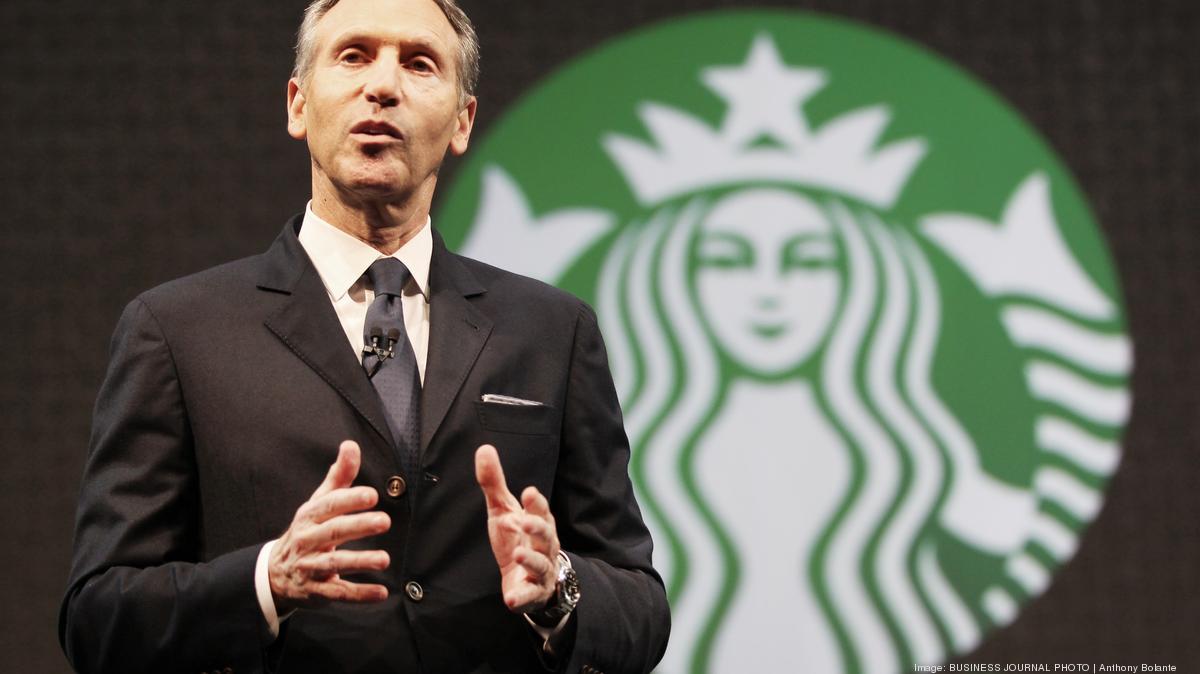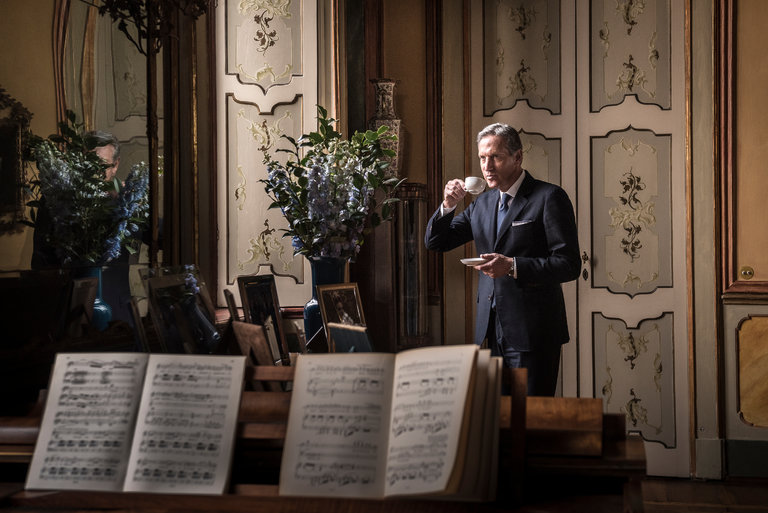



SEATTLE — Howard Schultz, the leader of Starbucks, said on Thursday he would step down as chief executive next year, handing over to his personally selected successor the management of the company he built into the world’s largest coffee business, with over 25,000 stores in 75 countries.
Mr. Schultz, one of the most visible chief executives in the country, has made Starbucks a vocal part of the national conversation on issues like gun violence, gay rights, race relations, veterans rights and student debt. The handover will take place on April 3, and he will remain at the company as executive chairman.
Mr. Schultz, 63, will be succeeded by his close friend Kevin Johnson, the company’s current president and a longtime Starbucks board member.
“This is a big day for me,” Mr. Schultz said in an interview. “I love the company as much as I love my family.”
But he said he decided it was the right time to hand the keys to Mr. Johnson, whom he described as being “better equipped” to “run the company than I am,” ticking off a list of Mr. Johnson’s operational talents, saying that he wanted to “relinquish the role and responsibility to the right person.”
The move is likely to ignite renewed speculation about whether Mr. Schultz is paving the way to leave the company entirely to enter politics. His outspoken positions on social issues have led many people, including his closest friends, to say he may run for president. He has spent an increasing amount of time traveling around the country speaking publicly about the need to fix the “dysfunction in Washington.” He has a close relationship with President Obama and had been a supporter of Hillary Clinton.

Mr. Schultz will continue to lead the Starbucks’ efforts on social issues as well as the development of its effort to develop a superpremium line of coffee and coffee stores. The latter has been a passion project for Mr. Schultz that he hopes will “shine a halo on the entire company.”
Mr. Johnson, 56, spent his career in technology as a lieutenant of Steven A. Ballmer, the former chief executive of Microsoft, and later as chief executive of Juniper Networks, before being recruited out of retirement by Mr. Schultz in 2015 to become president and chief operating officer of Starbucks.
Although the change may come as a surprise to the public and some Starbucks employees, the company has been sending to signals to Wall Street for the last year about its intentions to carry out a the succession plan, announcing a reorganization in the summer that gave Mr. Johnson oversight of the day-to-day operations.
Mr. Johnson, a soft-spoken operator known for his focus on building Starbucks’ mobile payments systems and on executing the company’s global strategy, has been on a listening tour with employees over the last year to better appreciate the company’s culture. Conversations with store managers who told intimate stories about their passion and relationship with the company have been known to bring Mr. Johnson to tears.
The succession plan is the second time Mr. Schultz has sought to step back from overseeing the company. He became the company’s chairman in 2000 but returned as chief executive in 2008 after firing the installed chief, James Donald, as sales faltered. During his period as chairman, he had pursued other activities including buying the professional basketball team the Seattle SuperSonics, which he later sold to an Oklahoma City investment group. Upon returning to Starbucks as chief executive, Mr. Schultz increased the company’s market value to $84 billion from $15 billion.
In an interview on Thursday in a tasting room at Starbucks flagship Reserve Roastery in downtown Seattle, a Willy Wonka-like 15,000-square-foot premium coffee emporium that the company hopes to open in large cities around the world, Mr. Schultz was animated and emotional about his decision.
Mr. Schultz and Mr. Johnson met in the early 2000s when Mr. Schultz worked with Microsoft to help deploy wireless internet in Starbucks stores. They became close friends, and Mr. Johnson became a sounding board for Mr. Schultz. Mr. Johnson joined the Starbucks board in 2009.
Mr. Schultz said that unlike his previous effort to step back, “I was not as emotionally prepared for the moment as I am now. I don’t think I had the conviction — I was still meddling.”
“I got succession wrong the first time,” he added. He said of Mr. Johnson, “I’m not going to be hovering and shadowing him.”
Still, Mr. Schultz says he intends to remain a visible and active presence at the company — his office is connected to Mr. Johnson’s — as he works to introduce the company’s premium coffee brand with a small team inside that he described as the equivalent of a start-up.
The project calls for the opening of several large emporium stores — one is being built in Manhattan and another in Shanghai — each year for the next several years, as well more than 1,000 smaller premium stores and premium “bars” in thousands of current Starbucks stores. “Building a new brand is not unlike what Ralph Lauren did with Purple label,” Mr. Schultz said.
He is also planning to remain the voice of Starbucks’ social impact efforts, like when he asked his employees to write “Come Together” on cups during the government shutdown in 2011 or his decision to offer full- and part-time employees tuition for a college education.
Some of those efforts have been widely criticized. A plan to write “Race Together” on cups to spur a conversation about race relations, for example, backfired.
Still, Mr. Schultz said he intends for the company to “maintain our moral courage.”
As for whether Mr. Schultz is laying the groundwork to run for president, he said, “I’m all in on all things Starbucks and have no plans to run for public office.” Asked whether he might change his mind in the future, he said, “That’s the way I feel today.”
